Report this entry
More from the same community-collection
Dolores Huerta: Revolution in the Fields / Revolución en los Campos
Dolores Huerta: Revolution in the Fields / Revolución en los ...
Neighborhoods and Shared Memories: Manhattan Heights
Manhattan Heights historic district was originally the site of a ...
Neighborhoods and Shared Memories: Manhattan Heights
Manhattan Heights historic district was originally the site of a ...
Neighborhoods and Shared Memories: Manhattan Heights
Veterans Memorial Park
Built on the original ...
Neighborhoods and Shared Memories: Manhattan Heights
Veterans Memorial Park
Built on the original ...
Neighborhoods and Shared Memories: Manhattan Heights
Veterans Memorial Park
Built on the original ...
Neighborhoods and Shared Memories: Manhattan Heights
Manhattan Heights Churches
Three historical ...
Neighborhoods and Shared Memories: Manhattan Heights
Manhattan Heights historic district was originally the site of a ...
Neighborhoods and Shared Memories: Manhattan Heights
Mabel Welch
A wife and mother in her 20s. A ...
Neighborhoods and Shared Memories: Manhattan Heights
Manhattan Heights historic district was originally the site of a ...
Neighborhoods and Shared Memories: Manhattan Heights
Untold Story of Manhattan Heights
Before the ...
Neighborhoods and Shared Memories: Manhattan Heights
Manhattan Heights historic district was originally the site of a ...
Neighborhoods and Shared Memories: Manhattan Heights
Manhattan Heights historic district was originally the site of a ...
Neighborhoods and Shared Memories: Manhattan Heights
Texaco
Texaco was founded in Beaumont, Texas ...
Sergio Troncoso in the Sergio Troncoso library by some of his works May 2022
Sergio Troncoso in the Sergio Troncoso library by some of his ...
Sergio Troncoso author talk, Nobody's Pilgrim, May 2022
Sergio Troncoso author talk, Nobody's Pilgrim, May 2022 Sergio ...
Sergio Troncoso talking about his new book, Nobody's Pilgrims, May 2022
Sergio Troncoso talking about his new book, Nobody's Pilgrims, ...
Sergio Troncoso author talk, Nobody's Pilgrim, May 2022
Sergio Troncoso author talk, Nobody's Pilgrim, May 2022
Sergio Troncoso taking a picture with an aspiring writer and young fellow El Pasoan, May 2022
Sergio Troncoso taking a picture with an aspiring writer and ...
Sergio Troncoso with cousin at Reading event, Nobody's Pilgrim, May 2022
Sergio Troncoso with cousin at Reading event, Nobody's Pilgrim, ...
The New China Grocery ad, El Paso, Texas 1924
The New China Grocery ad, El Paso, Texas 1924. This was a ...

















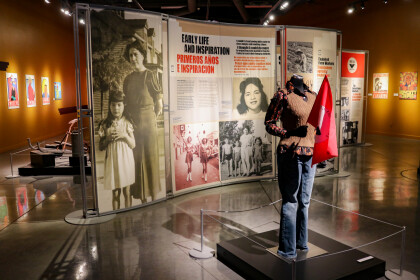

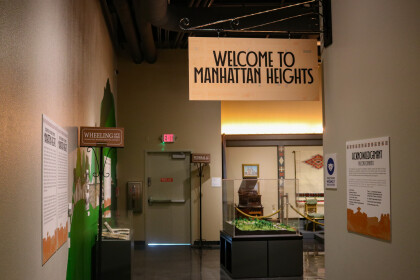
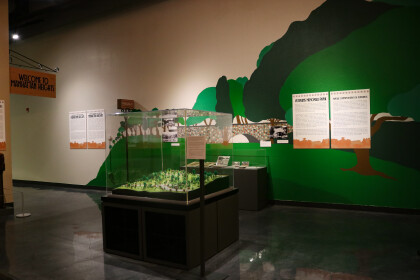
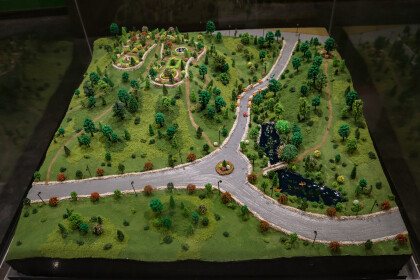
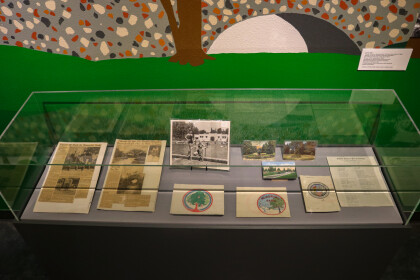
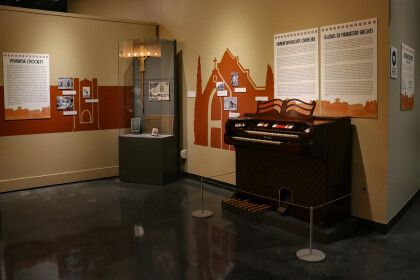

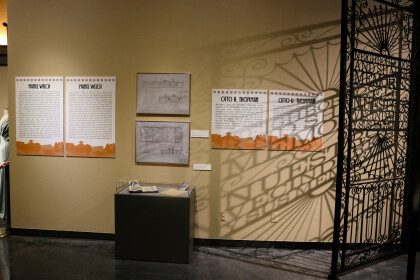
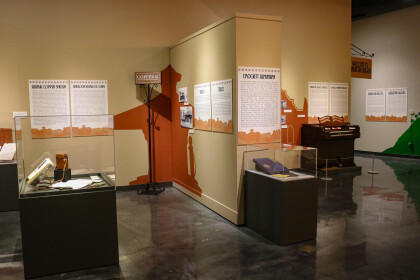
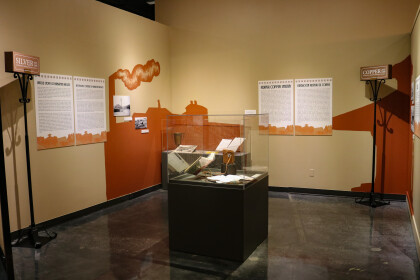
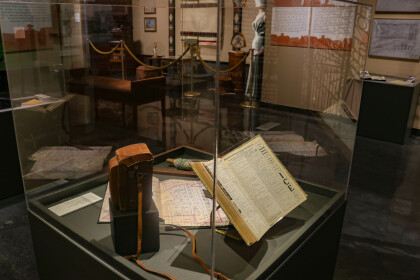
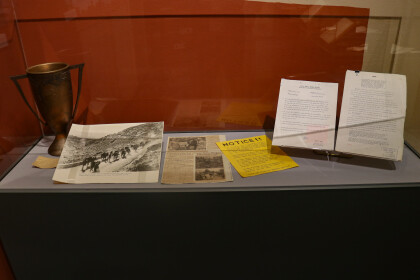
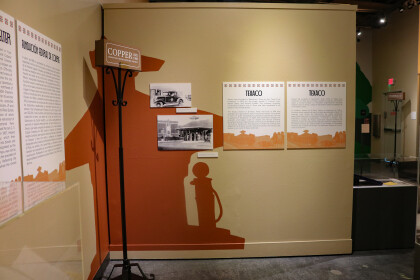
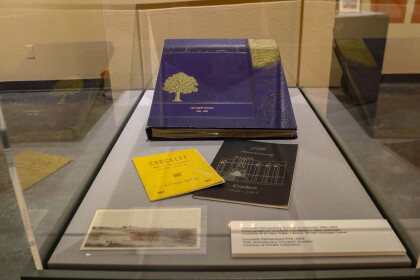
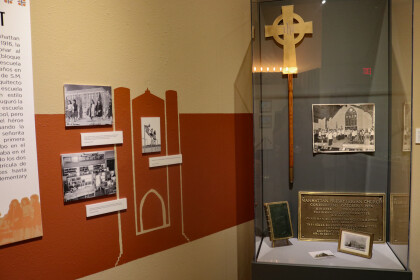


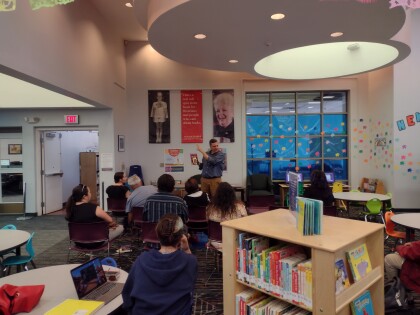
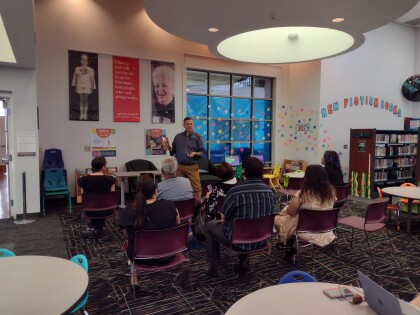


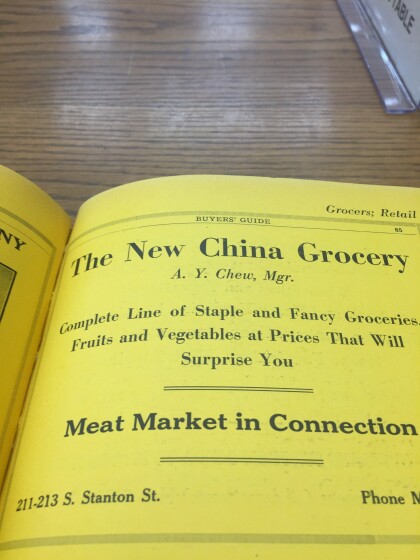
Comments
Add a comment